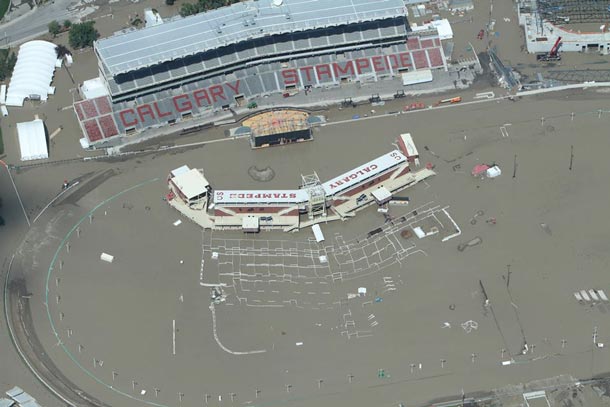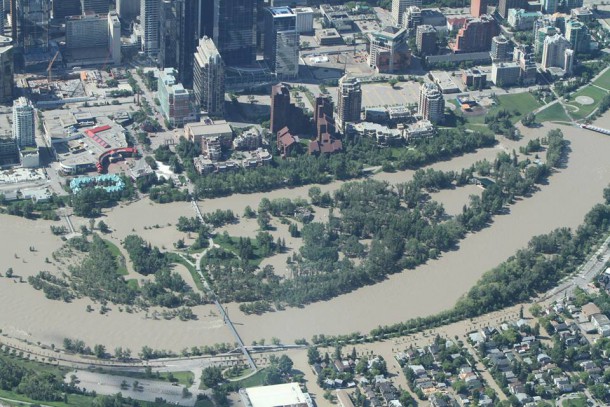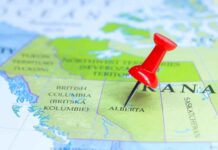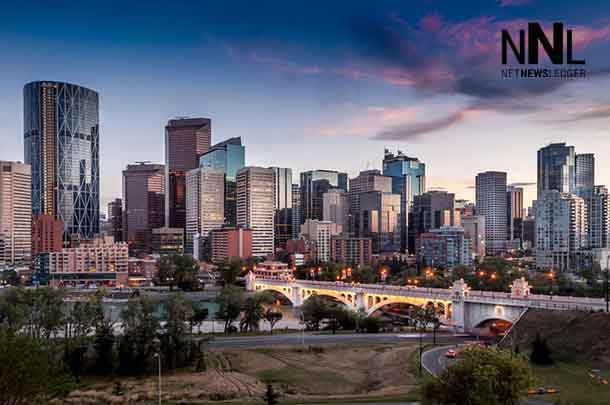
THUNDER BAY – The City of Calgary put forward an incredible effort to respond to, and recover from the devastating flood that hammered Alberta in June 2013. The Conference Board of Canada has released a report on how Calgary prepared and responded to the flood. The City hit with horrific flood conditions that the world famous Calgary Exhibition and Stampede would go as planned “Come Hell or High Water”. The speed at clean up efforts and the work of the city was recognized.
Calgary commissioned the independent report as an independent review of the city’s overall performance during the city’s historic flood of June 2013. That is a model that perhaps other communities including Thunder Bay which is still working toward recovery from the June 2012 flood should implement.

Emergency Preparedness, training, working with media, and a comprehensive response and recovery model all contributed to the City of Calgary’s effective management of its 2013 flood response, according to a new report released today by the Conference Board of Canada. It also outlines best practices and recommendations – which may assist other jurisdictions in their own crisis planning.
The report, Forewarned and Forearmed: The Calgary Emergency Management Agency and the 2013 Flood, was conducted for the Calgary Emergency Management Agency (CEMA).
“Not only do our findings reveal the city was well-prepared to deal with the devastating flood, our research uncovered many best practices and ideas for building resilience that may be helpful to jurisdictions across this country and beyond,” said Dr. Satyamoorthy Kabilan, Director, National Security and Strategic Foresight, The Conference Board of Canada.
The report centered around several key themes including the CEMA Emergency Operations Centre (EOC) and the Incident Command System, crisis communications, social media, volunteerism, and preparedness, and resilience. Evaluations were made by comparing responses to similar events such as Hurricane Katrina, reviewing recommendations made in the City of Calgary’s 2005 flood report and comparing them to the 2013 flood response, and interviewing 40 officials from the public, private and non-governmental sectors who played a role in the response and recovery efforts.
Eight best practices used by the City of Calgary are identified including:
building a strong Emergency Operations Centre (EOC) capacity
having strong ties between the media and the EOC
starting recovery planning immediately
quickly repatriating evacuees and enabling their self-recovery
collaborating with grassroots organizations and innovative teams
having a common long-term objective and strong outcome-oriented leadership
committing to training and exercising
continuing investing in preparedness
Recommendations for the future include improving the flow of information in terms of municipal and provincial crisis responsibilities, and with the private sector in terms of available resources. The prioritization of the mental health and well-being of EOC officials and first responders is also highlighted. The report further recommends that CEMA and The City of Calgary focus on private sector preparedness and the development of a comprehensive volunteer framework.The June 2013 flood was the most devastating natural disaster in the city’s history.











